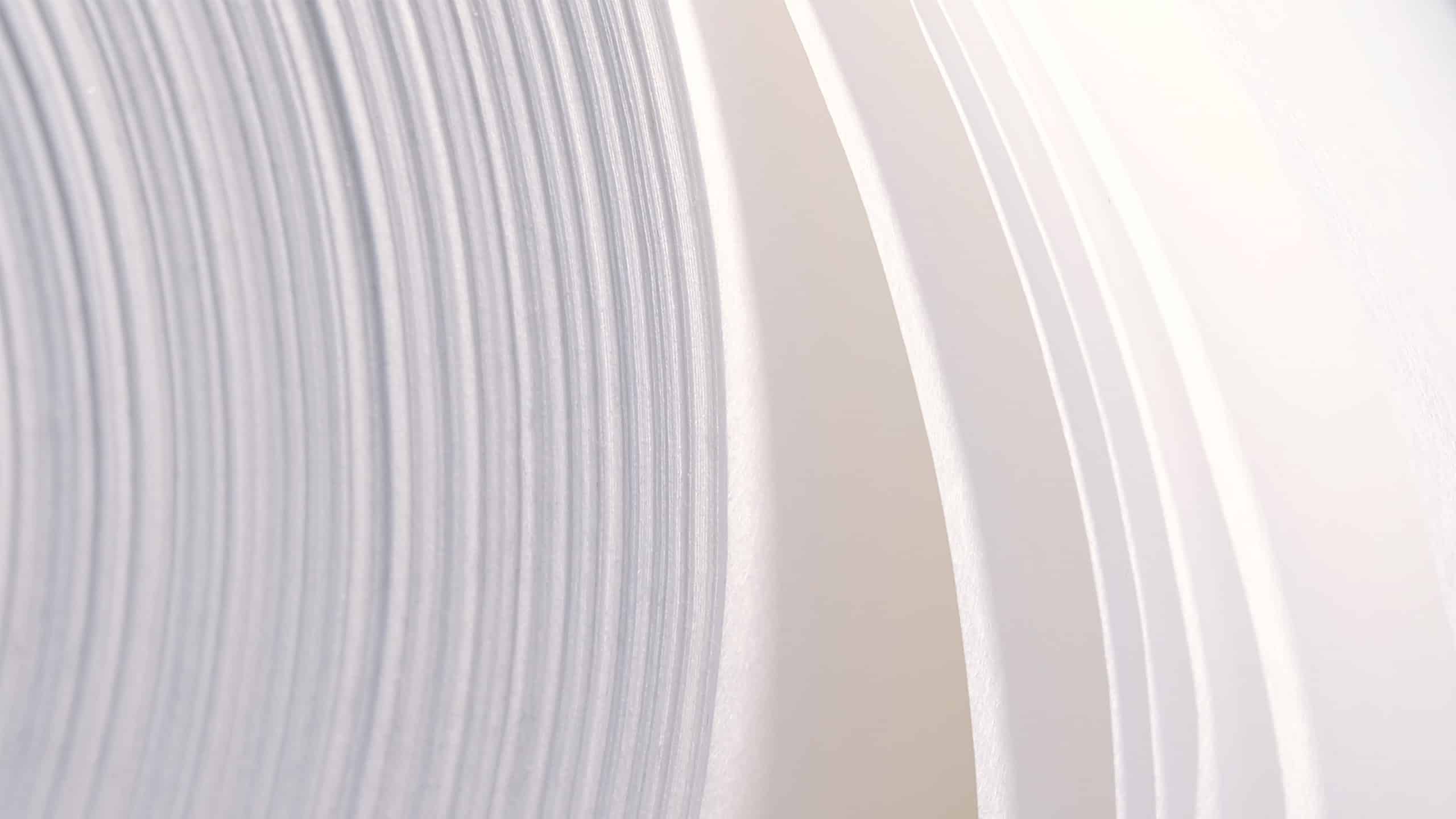How do Paptic® bags enhance your brand’s image while ensuring product safety?

Understanding the Unique Benefits of Paptic® Bags
Paptic® bags are at the forefront of sustainable packaging solutions, offering a unique blend of the properties found in paper, plastic, and textiles. These bags are crafted from fibre-based materials, which contribute significantly to enhancing brand image while ensuring product safety. By integrating the strength and versatility of paper with the flexibility and durability of textiles, Paptic® bags provide a high-performance alternative to traditional packaging materials. According to the Confederation of European Paper Industries (CEPI), the use of fibre-based materials is a key strategy in reducing environmental impact and promoting sustainable production.
The fibre-based construction of Paptic® bags is not only durable but also recyclable and reusable, making them an ideal choice for brands aiming to project an eco-friendly image. The tactile, textile-like feel of Paptic® materials enhances the consumer experience, presenting a premium package that reflects the quality and values of the brand. Additionally, their lightweight nature makes them perfect for applications such as lightweight garment bags, ensuring ease of transport and handling. The European Environment Agency (EEA) emphasizes the importance of recyclability in materials to support a circular economy.
Sourcing Fibres Responsibly for Paptic® Products
At the heart of Paptic® bags lies a commitment to environmental responsibility, particularly in sourcing the fibres used in our products. These fibres can be sourced from sustainably managed forests, where practices are implemented to maintain ecological balance, protect biodiversity, and ensure the renewability of resources. Sustainable forest management involves careful planning and control to ensure that the forest’s ecological functions are preserved while allowing for economic benefits, as outlined by CEPI.
However, achieving sustainable sourcing is not without its challenges. It requires a comprehensive understanding of forestry practices and a commitment to continuous improvement. By prioritizing this responsibility, we not only contribute to reducing plastic waste, as highlighted by the European Parliament’s reports on plastic pollution, but also support the conservation of natural habitats. This approach aligns with consumer expectations for brands to demonstrate environmental stewardship, further enhancing brand reputation and loyalty.
How Paptic® Enhances Brand Image
Paptic® bags significantly bolster a brand’s image by underscoring its commitment to sustainability. As consumers become more environmentally conscious, they are increasingly drawn to brands that reflect their values. Paptic® bags, with their eco-friendly attributes, offer a tangible way for brands to communicate their dedication to environmental sustainability, a perspective supported by CEPI’s reports on consumer trends towards sustainability.
The innovative use of Paptic® materials presents a modern and forward-thinking image, associating brands with cutting-edge solutions that address pressing environmental challenges. The tactile experience provided by the textile-like feel of Paptic® bags delights consumers, making the unboxing process memorable and reinforcing positive brand perceptions. By choosing Paptic®, brands not only reduce their environmental footprint but also position themselves as leaders in sustainability, echoing the sentiments of CEPI on the importance of innovation in sustainable packaging.
Ensuring Product Safety with Paptic® Bags
Product safety is paramount, and Paptic® bags excel in this area with their robust and durable fibre-based construction. Unlike traditional packaging materials, Paptic® bags are designed to withstand the rigors of transportation and handling, ensuring that products arrive in pristine condition. Their tear-resistant and moisture-resistant properties provide a reliable barrier against environmental factors that could compromise product integrity. CEPI’s guidelines emphasize the importance of packaging performance in maintaining product quality.
For lightweight garment bags, the strength of Paptic® materials ensures that garments remain protected throughout the supply chain. The soft and silent nature of the material minimizes the risk of damage during handling and creates a pleasant experience for consumers. This reliability and attention to detail reflect positively on the brand, reinforcing trust and satisfaction among consumers, in line with CEPI’s focus on consumer satisfaction through superior packaging solutions.
Comparing Paptic® with Traditional Fibre-Based Alternatives
When compared to traditional fibre-based alternatives, Paptic® products stand out with their unique combination of properties. While conventional materials may offer recyclability, they often lack the durability and versatility that Paptic® bags provide. The ability to use Paptic® materials on existing converting machines adds a layer of practicality, making it easier for brands to transition to more sustainable options without significant adjustments. CEPI highlights the importance of adaptability in sustainable manufacturing practices.
Paptic® bags outperform alternatives in terms of strength, durability, and user experience. Their moisture resistance and flexibility make them suitable for a wide range of applications, from garment bags to ecommerce packaging. By choosing Paptic®, brands benefit from a superior packaging solution that not only meets but exceeds consumer expectations for sustainability and innovation, as supported by CEPI’s advocacy for advanced sustainable packaging technologies.
